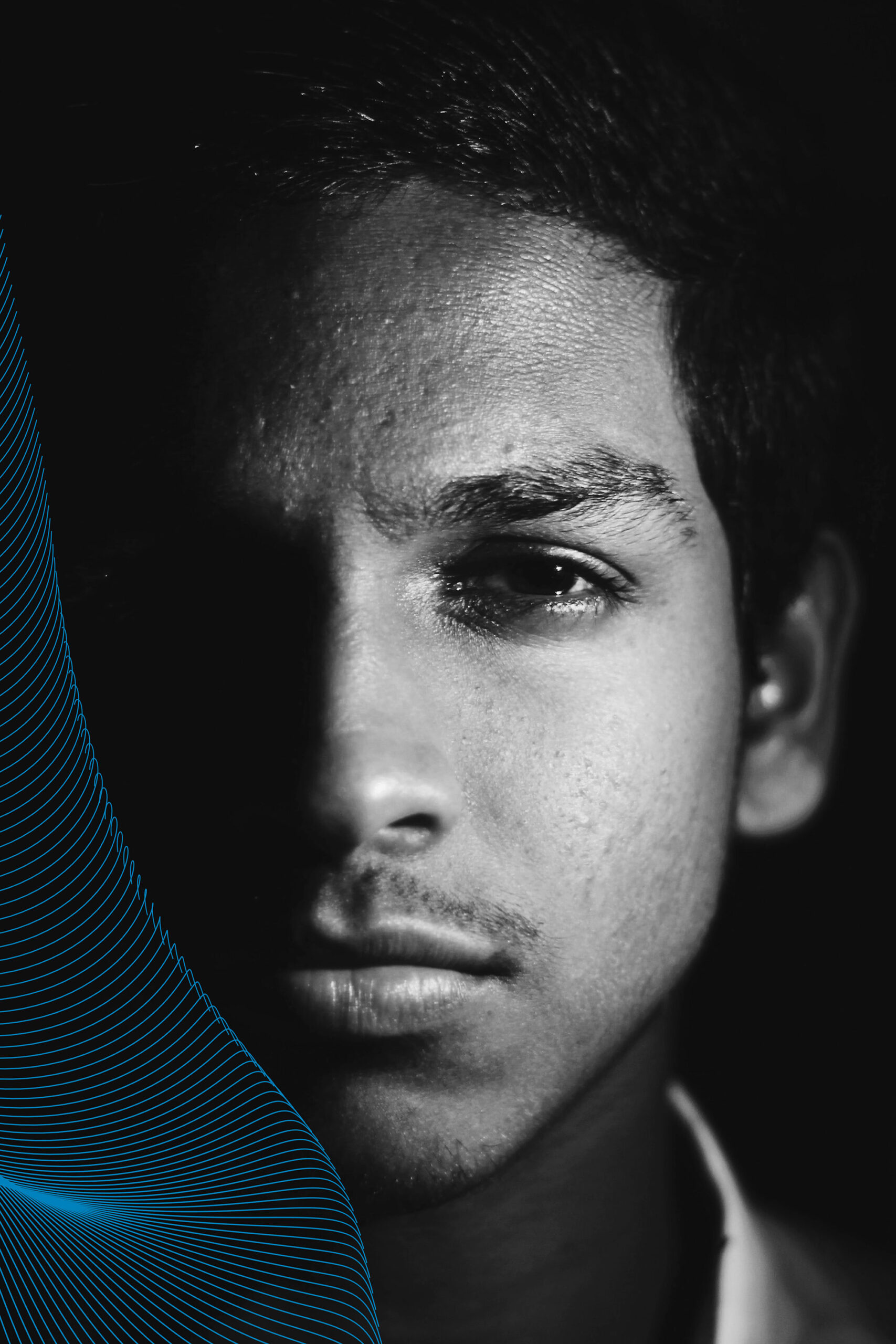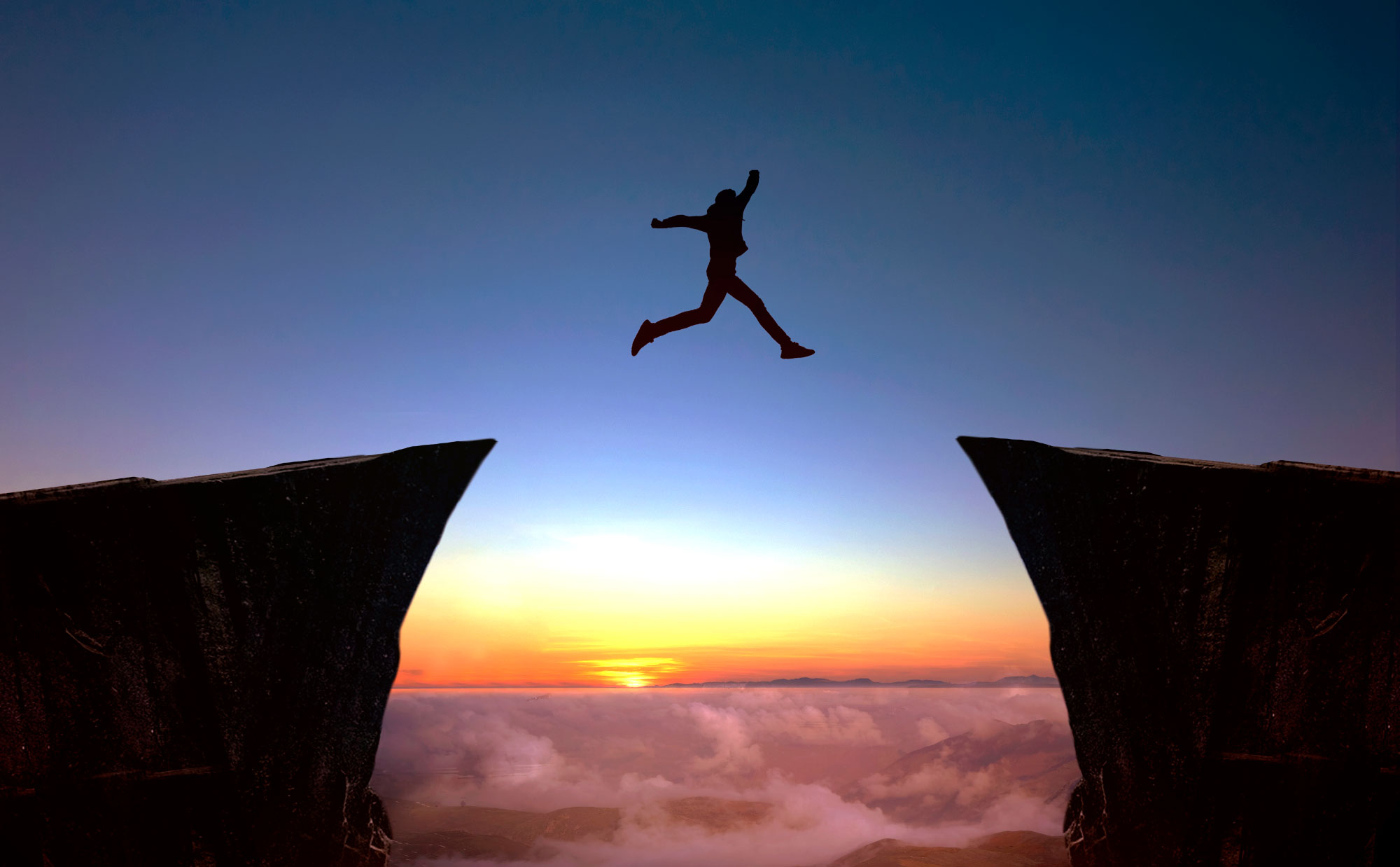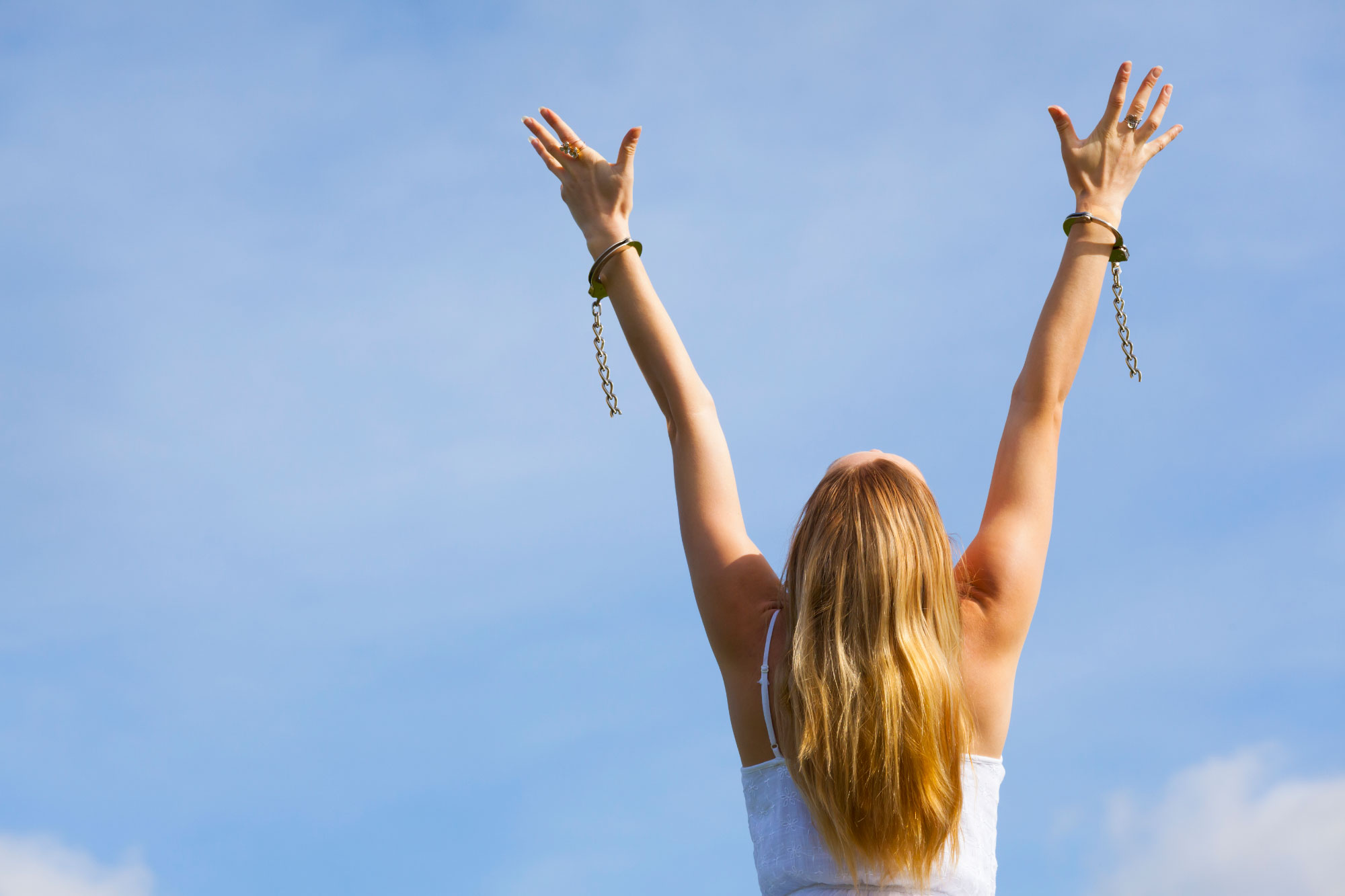![]() Ibogaine is a naturally-occurring molecule derived from the root bark of the iboga tree and other plants. It is a potent and serious medical psychedelic which has addiction interrupting properties.
Ibogaine is a naturally-occurring molecule derived from the root bark of the iboga tree and other plants. It is a potent and serious medical psychedelic which has addiction interrupting properties.
![]() Ibogaine has a “Prescription Drug List” status in Canada (vs. Schedule 1 in the US) facilitating research and development toward medicalization.
Ibogaine has a “Prescription Drug List” status in Canada (vs. Schedule 1 in the US) facilitating research and development toward medicalization.
![]() Ibogaine targets multiple receptors across multiple sites in the brain and metabolizes into noribogaine, a serotonin re-uptake inhibitor that remains in the body for 1-4 months, associated with elimination of addictive cravings.
Ibogaine targets multiple receptors across multiple sites in the brain and metabolizes into noribogaine, a serotonin re-uptake inhibitor that remains in the body for 1-4 months, associated with elimination of addictive cravings.

WHAT IS IBOGAINE?
How does it work?
Ibogaine targets multiple receptor sites in the brain when It manages dopamine and serotonin circuits & may stimulate new brain cell growth. This creates an opportunity to change behaviours. Paired with our treatment protocol, Ibogaine alleviates withdrawal symptoms and interrupts the process of active addiction.
GLOBAL EPIDEMIC
Opioid use disorder involving prescription and non-prescription opioids has become a widespread devastating global epidemic. Opioid use disorder is notoriously difficult to treat. Withdrawal from opioids can be physically and psychologically devastating. Ibogaine not only appears to reset the brain to a pre-addictive state but reduces many of the withdrawal symptoms.


IBOGA Key Facts
![]() Tabernanthe iboga (iboga) is a perennial rainforest shrub native to Central Africa. This bush is indigenous to Gabon. It is cultivated across Central Africa. lbogaine was first isolated in its crystalized salt form in 1901. The Bwiti people of Gabon utilize iboga as part of ceremonial rites of passage, healing and for spiritual growth.
Tabernanthe iboga (iboga) is a perennial rainforest shrub native to Central Africa. This bush is indigenous to Gabon. It is cultivated across Central Africa. lbogaine was first isolated in its crystalized salt form in 1901. The Bwiti people of Gabon utilize iboga as part of ceremonial rites of passage, healing and for spiritual growth.
![]() In lower doses, ibogaine acts as a stimulant, but in higher doses it is characterized as an oneirogen -a substance that promotes “waking dream” states, primarily through closed-eye visualizations, the retrieval of repressed memories, and profound self-reflection.
In lower doses, ibogaine acts as a stimulant, but in higher doses it is characterized as an oneirogen -a substance that promotes “waking dream” states, primarily through closed-eye visualizations, the retrieval of repressed memories, and profound self-reflection.
![]() lbogaine is a psychoactive and psychedelic alkaloid found in the root bark of Tabernathe iboga or the bark of Voacanga African. lbogaine has a complex pharmacokinetic and pharmacodynamic profile that is not completely understood.
lbogaine is a psychoactive and psychedelic alkaloid found in the root bark of Tabernathe iboga or the bark of Voacanga African. lbogaine has a complex pharmacokinetic and pharmacodynamic profile that is not completely understood.
![]() lbogaine’s mechanism of action results from a complex interaction with multiple neurotransmitters rather than a single neurotransmitter. lbogaine has been shown to interact with the acetylcholine, dopamine, and serotonin systems.
lbogaine’s mechanism of action results from a complex interaction with multiple neurotransmitters rather than a single neurotransmitter. lbogaine has been shown to interact with the acetylcholine, dopamine, and serotonin systems.
Case reports and survey data from around the world indicate that ibogaine has the potential to interrupt addiction if the potential side effects of ibogaine are managed by qualified medical practitioners. Canadians and Americans currently have limited access to ibogaine treatment through unregulated underground providers and travelling to other countries for treatment (i.e. Mexico, Costa Rica, Brazil).

DEVELOPMENT TIMELINE
LEGAL STATUS
The legal status of ibogaine around the world differs from being a Schedule 1, banned substance in the U.S., on the PDL in Canada, Schedule 4 in Australia (available by prescription) to unregulated use in many other countries around the world.
Amid a recent resurgence of research into the therapeutic value of psychedelic drugs and the opioid crisis there is increasing medical and academic interest in ibogaine-assisted detoxification.

References
Alper. K. R. (2001). lbogaine a review. Alkaloids: Chemistry and Biology. 56. 1-38.
https://www.sciencedirect.com/science/article/abs/pii/S0099959801560058?via%3Dihub
Brackenridge. P. (2010). lbogaine therapy in the treatment of opiate dependency Drugs and Alcohol Today. 10(4). 20-25.
https://www.emerald.com/insight/content/doi/10.5042/daat.2010.0724/full/html
Brown. T. K. (2013). lbogaine in the treatment of substance dependence. Current Drug Abuse Reviews. 6(1). 3-16 .
http://www.eurekaselect.com/article/53173
Brown. T. K .. & Alper. K. (2018). Treatment of opioid use disorder with ibogaine detoxification and drug use outcomes. The American Journal of Drug and Alcohol Abuse. 44(1). 24-36.
https://www.tandfonline.com/doi/full/10.1080/00952990.2017.1320802
Government of Canada. (2017.May.19). Notice-Prescription Drug List (POL) Multiple Additions. Health Canada
https://www.canada.ca/en/health-canada/services/drugs-health-products/drug-products/prescription-drug-list/notice-prescription-drug-list-multiple-additions-2.html
Government of Canada. (2015. July. 27). Unauthorized natural health product; “Remogen” containing ibogaine and the risk of abnormal heart rhythms. Recalls and Safety Alerts.
https://healthycanadia ns.gc.ca/reca11-alert-rappel-avls/hc-sc/2015/54378a-eng.php
Mash. D. C.. Kovera. C. A .. Pablo. J .. Tyndale. R. F .. Ervin. F. R .. Williams. I. C.. & Mayor. M (2000). lbogaine complex pharmacokinetics. concerns for safety, and preliminary efficacy measures Annals of the New York Academy of Sciences. 914(1). 394-401.
https://doi.org/10.llll/j.1749-6632.2000.tb05213.x
Mash. D. C.. Kovera. C. A .. Buck. B. E .. Norenberg. M D .. Shapshak. P .. Hearn. W. L .. & Sanchezramos. J. (1998) Medication development of ibogaine as a pharmacotherapy for drug dependence Annals of the New York Academy of Sciences. 844(1). 274-292.
https://nyaspubs.onlinelibrary.wiley.com/doi/10.1111/j.1749-6632.1998.tb08242.x
Noller. G. E .. Frampton. C. M .. & Yazar-Klosinski. B (2018). lbogaine treatment outcomes for opioid dependence from a twelve-month follow-up observational study. The American Journal of Drug and Alcohol Abuse. 44(1). 37-46.
https://doi.org/10.1080/00952990.2017.1310218

